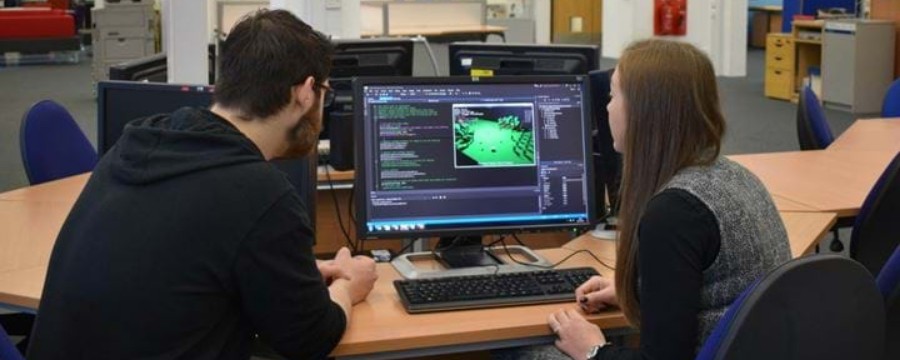Matt Reed’s starts his piece $12 Billion Is a Refreshing Change…
“I step away from the blog for a week and the president of the United States offers to send $12 billion to community colleges.
I may need to do that more often!”
Matt (who I still think of as Dean Dad – do you?) argues that federal money for community colleges should be allocated with an eye towards long-term financial sustainability. He asks that we think not only in terms of immediate needs (which are many) but long-term resilience.
As Matt points out, demographic headwinds and state-level disinvestment, and rising costs will still be present long after any stimulus funding is spent. The challenges that all of higher ed face – challenges magnified within the community college sector – are more structural than cyclical.
Some of the ideas that Matt floats to address long-term needs include investing in:
- Campus infrastructure projects such as energy efficiency to reduce operating expenses.
- Facilities for high-demand programs such as clinical simulation labs to move supply in line with student/employer demand.
- Administrative digital platforms such as ERPs to increase efficiency and lower annual operating costs.
All of these ideas make good sense. And when it comes to community colleges, it is community college people (not me) who should be making recommendations as to where any new federal money should go.
With that caveat (listen to Matt and not me), I would like to offer one additional suggestion for some of the $12 billion. Online learning infrastructure.
First, I know that online learning is not a panacea for all higher ed – and especially not community colleges. Many many many learners learn best face-to-face. Online learning offers many advantages in terms of flexibility and (perhaps) scalability, but it is not for everyone. Every student and some point needs the extra supports that campus-based face-to-face learning can provide.
Still, there is likely some headroom to improve the capacity of community colleges (and every higher ed sector) to invest in online learning infrastructure.
When I think about the infrastructure for online learning, I’m thinking about the institutional capabilities necessary to support high-quality digitally-mediated learning programs. These programs can be fully online or blended. They can have no face-to-face classroom time, a little bit of residential learning, or a flexible set-up that lets students vote with their feet.
Online learning infrastructure is not about technology. If you have an LMS (Canvas/Blackboard/D2L/Moodle) and Zoom (or a Zoom equivalent), you are good to go. The technology for online learning has been commodified.
Today, schools (including community colleges) need to invest in 3 things to develop their online learning infrastructure:
1- Learning Designers
2- Learning Designers
3 -Learning Designers
Learning designers (what used to be called instructional designers) are the secret sauce of academic resiliency. I’m happy to include educational developers and other non-faculty educators under the learning designer rubric. These are educators who collaborate with instructors on the design, development, running, and continuous improvement of all educational (face-to-face, blended, and online) educational environments.
Learning design talent is massively unequally distributed. The schools with the most resources have the most learning designers. The new mark of higher ed privilege is not fancy buildings (or lazy rivers) but learning designers.
Sure, building an online learning infrastructure requires more than developing a deep bench of institutional learning design talent. There are all sorts of non-faculty educator expertise that schools – including community colleges – will need to collaborate with faculty to create a 21st-century education. Educational developers, accessibility experts, media educators, librarians, assessment mavens, and developers are all part of the new team.
The critical thing to keep in mind is that when we talk about building an infrastructure for online learning (really any digitally-mediated education), we are talking about people.
We are not talking about buildings. We are not talking hardware or software. We are talking about people.
Will community colleges use some of the Biden money to develop their learning design capabilities?
What else would you add to Matt’s suggestions for potential community college investments?
Source:https://www.insidehighered.com/

